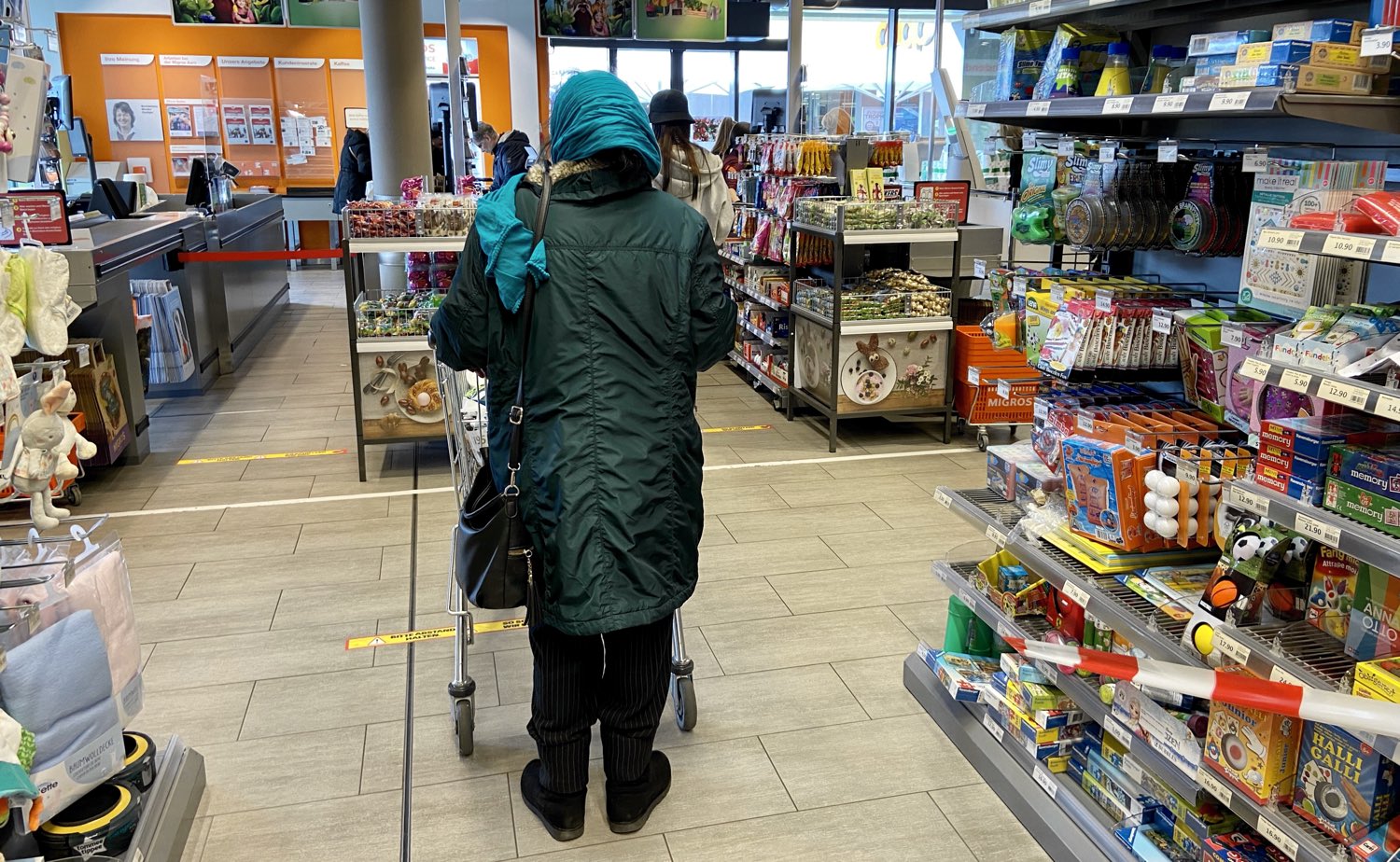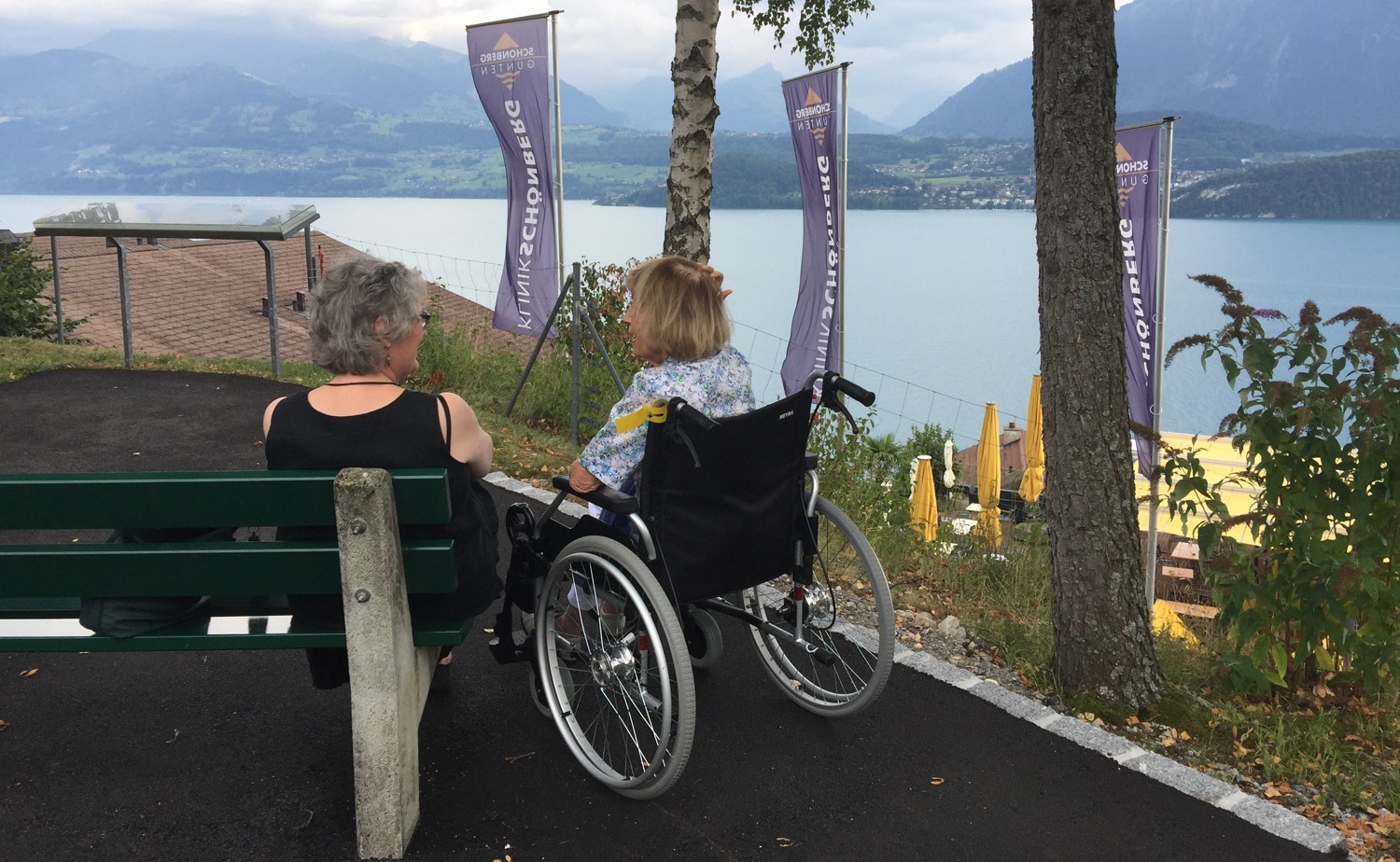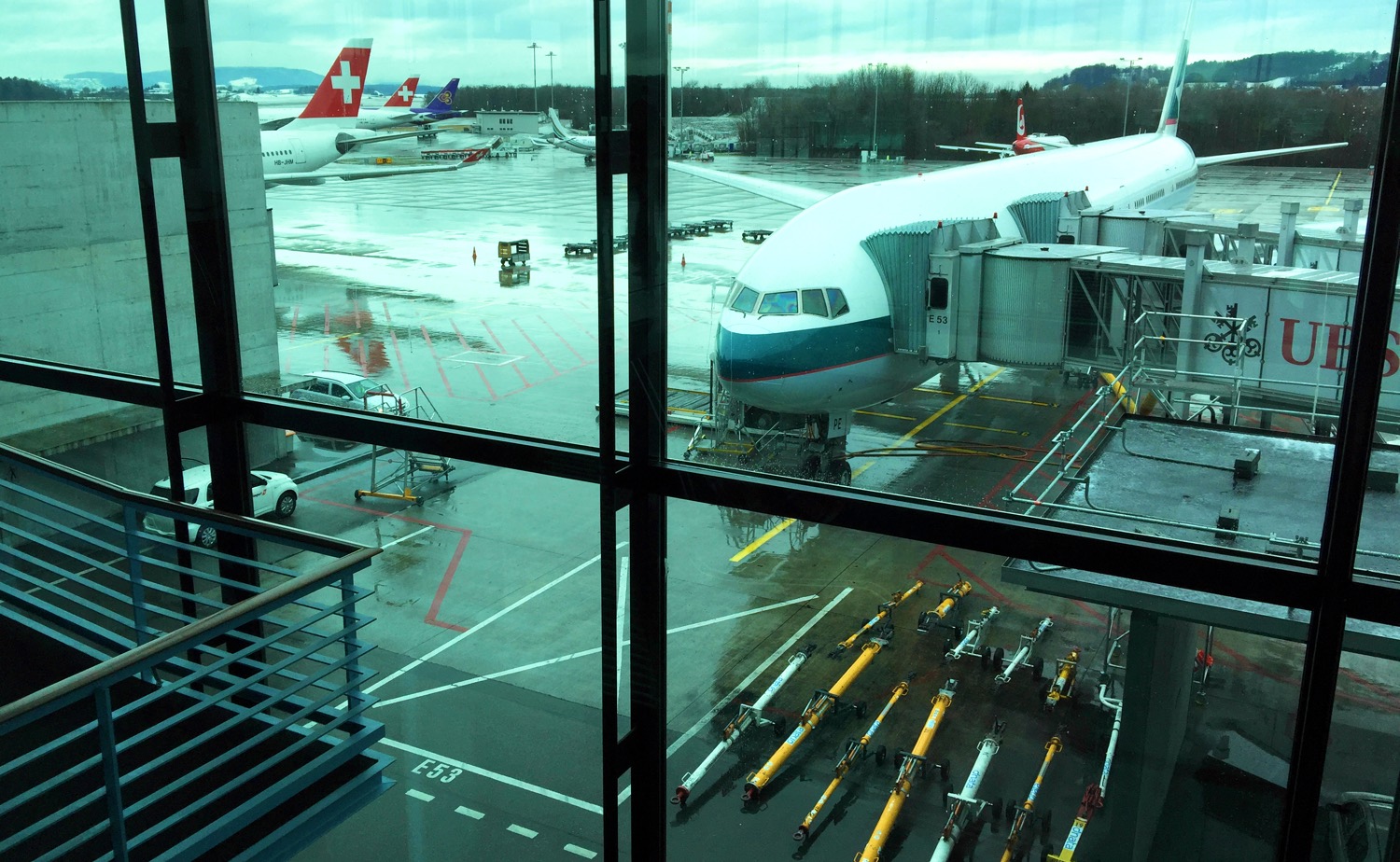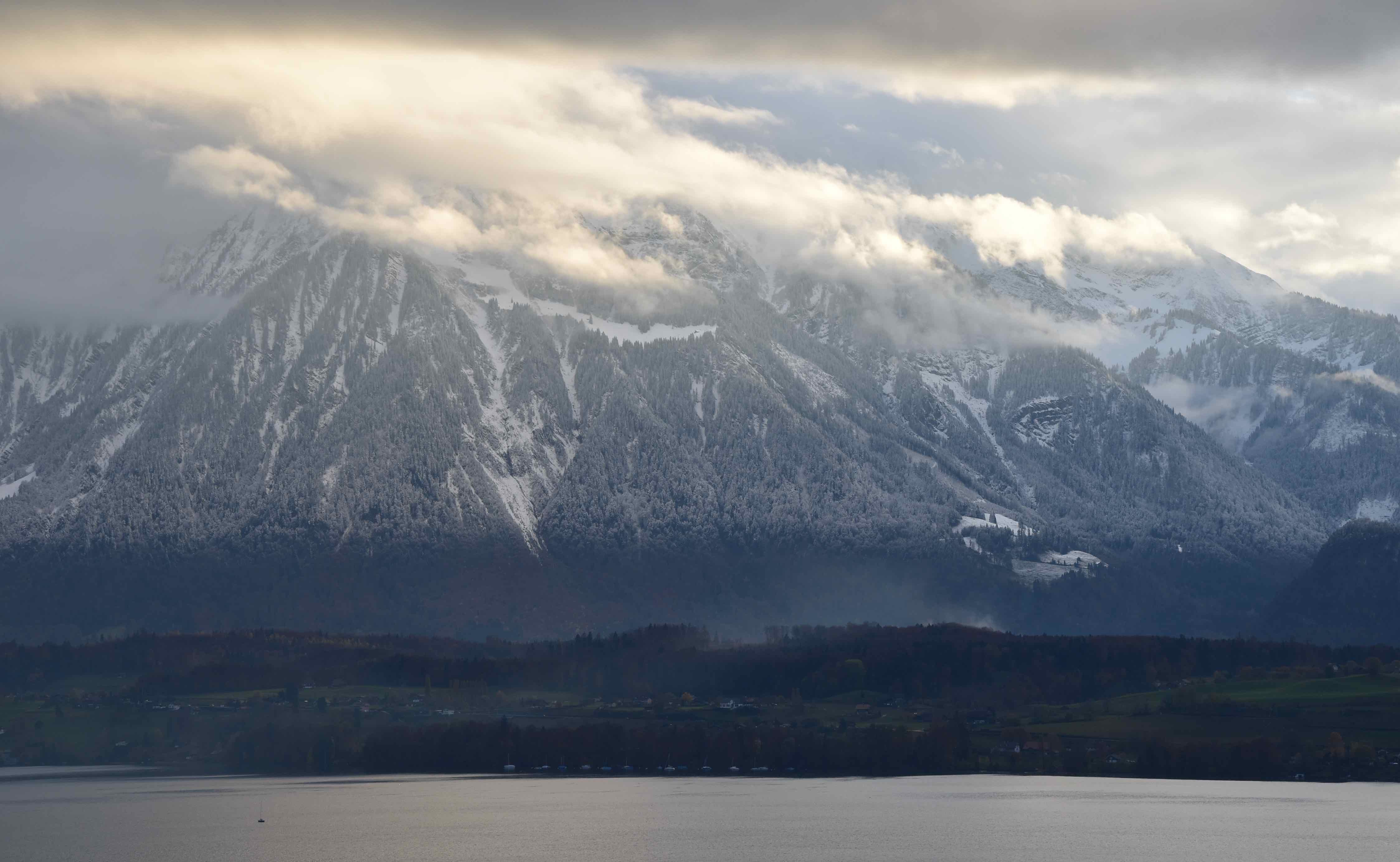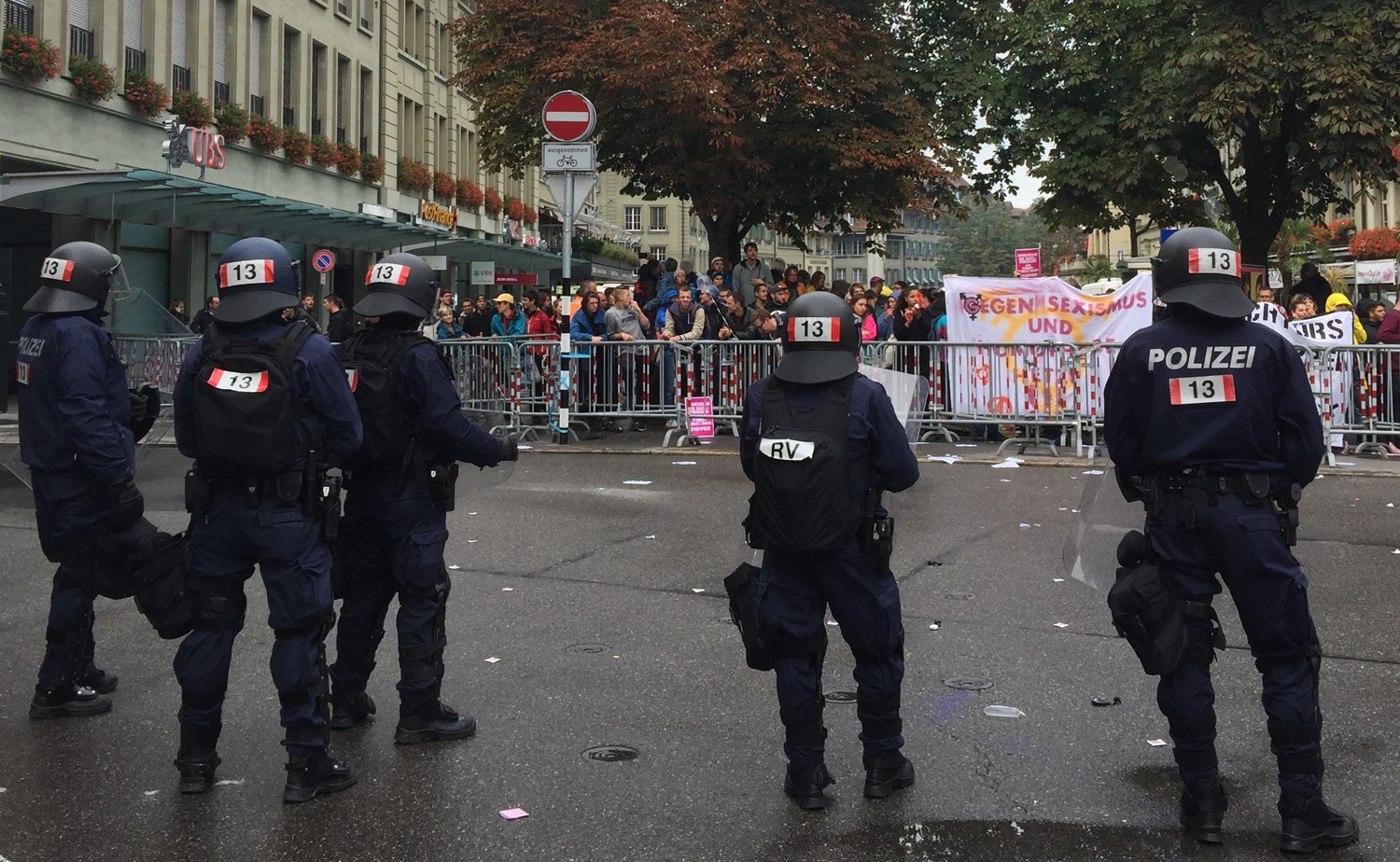Corona Second Wave
adminci2020-10-24T21:17:25+02:00In spring the first corona wave was anxiously anticipated. The country froze in a lockdown. Hospitals were all ready to received an influx of covid patients. Though the number of infections were up not many covid patients needed hospital care.
In the following months corona got almost forgotten. Masks were not mandatory. The Swiss felt we had done very well! Infection rates were quite low and everything seemed under control.
But then in the first part of October we suddenly experienced a shocking increase of infections. The government now talks of a partial lock down. It is now compulsory to wear masks in all public spaces including offices and work places. Social distancing and hand washing are imperative.
The chart shows the average infection rate over the last 7 days / 100’000 people. Top of the list is Holland, followed by Switzerland, Spain, UK. USA and Germany.
Infection rates also depend on testing etc. What really counts are the numbers of the severely ill covid patents and the mortality rate. It is crucial that the hospitals are not going to be overwhelmed. The next couple of weeks will show!



